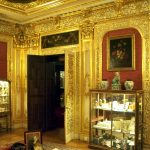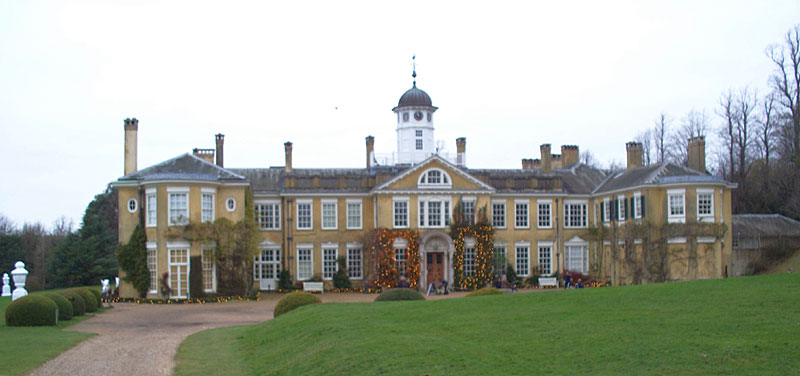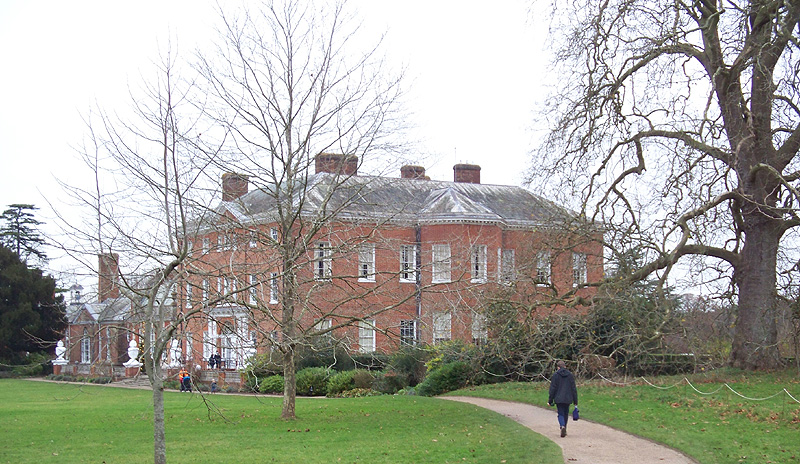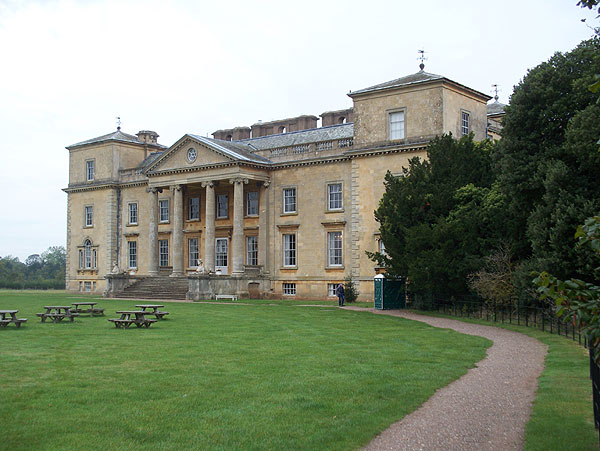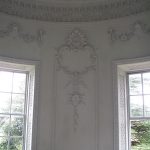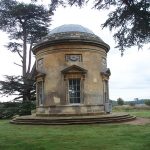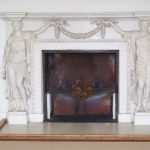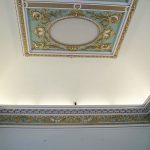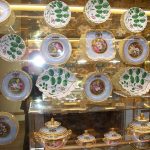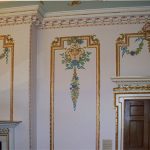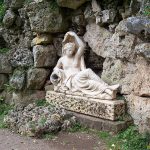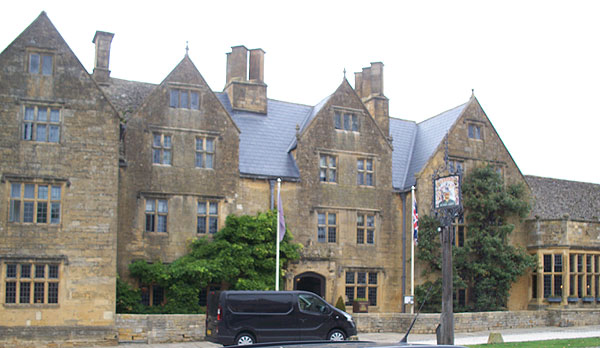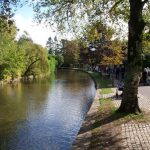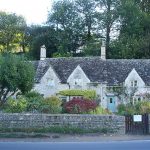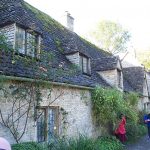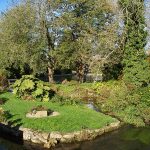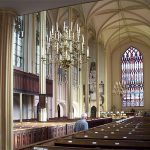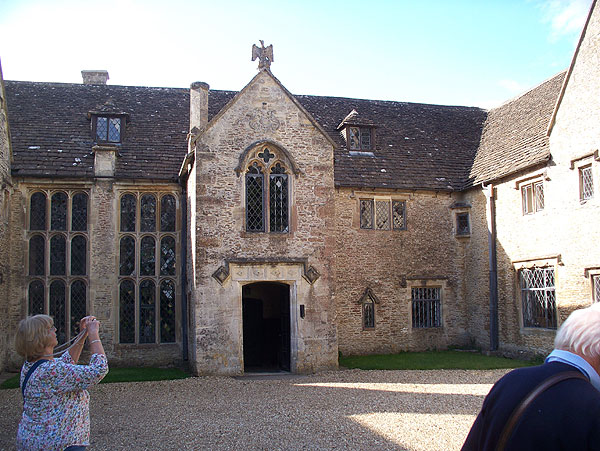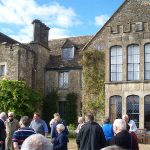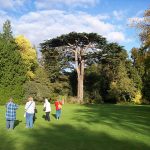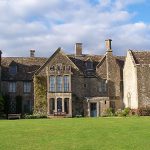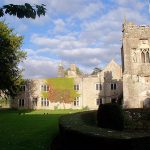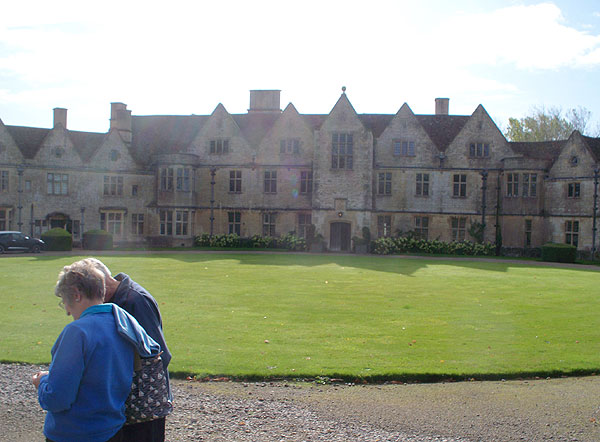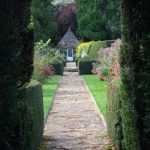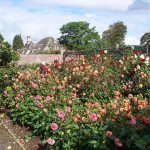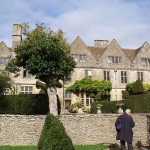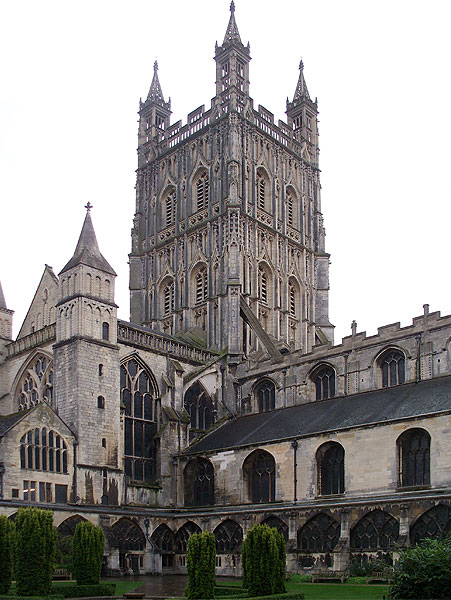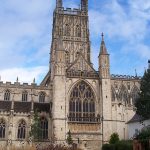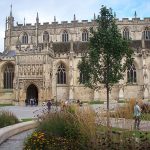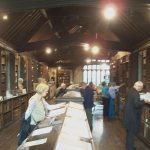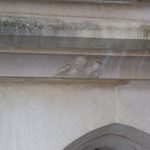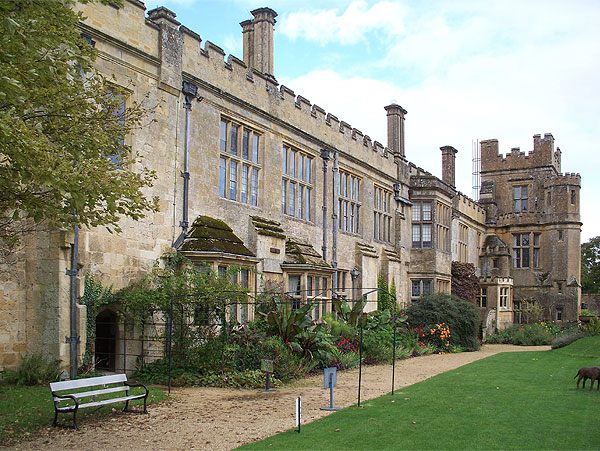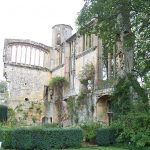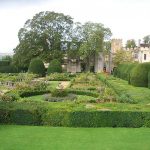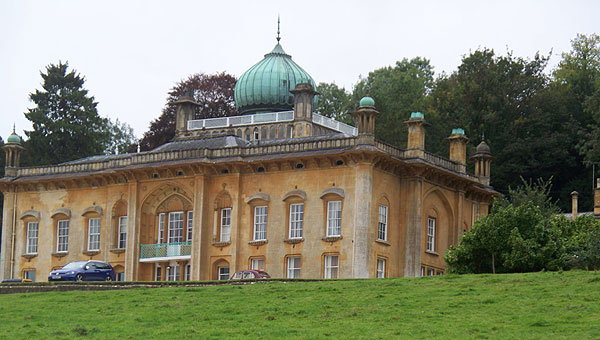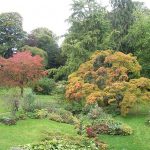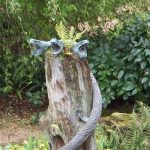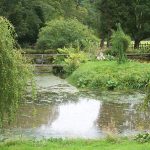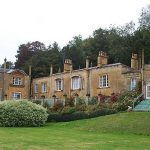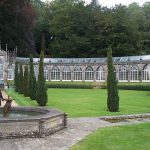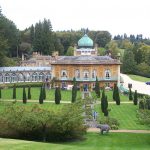While there were houses on the site from the 17th century, the current house was built in the early 1900’s. It was bought by and fitted out for super-rich McEwan brewery heiress Maggie Greville and her husband Ronald. The principal rooms received showy interiors in a succession of different architectural styles with much use made of architectural salvage. Maggie Greville was a famous society hostess who entertained the rich and famous, including royalty. During the wars she was apparently sympathetic to appeasement and entertained the Nazi ambassador, von Ribbentrop.
Maggie Greville added to her father’s collection of art, and the picture collection is impressive, including some Old Masters. There is also china and other objects of art.
The grounds include various formal and walled gardens as well as various lawns, areas of woodland, and walks.
At the time of my visit only the ground floor rooms were open, and these were decorated for Xmas. Most of the items of interest could be seen in a 2-hour visit. It is probably worth having the guidebook to hand as you look around the house. There is also a more expensive guide to the pictures, but it only illustrates about half of them, so more use for taking around than reading afterwards.

